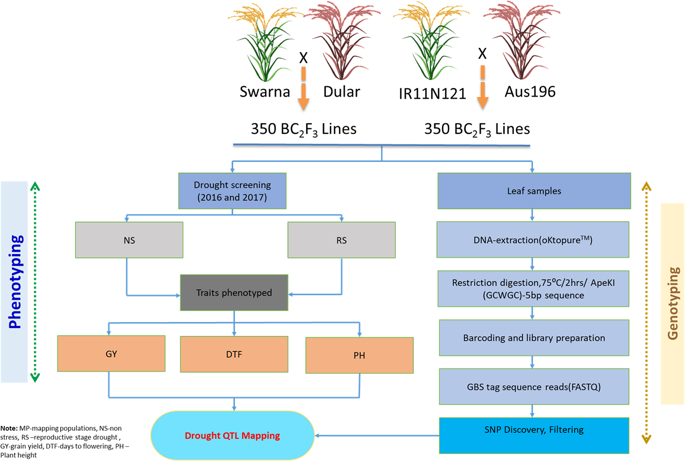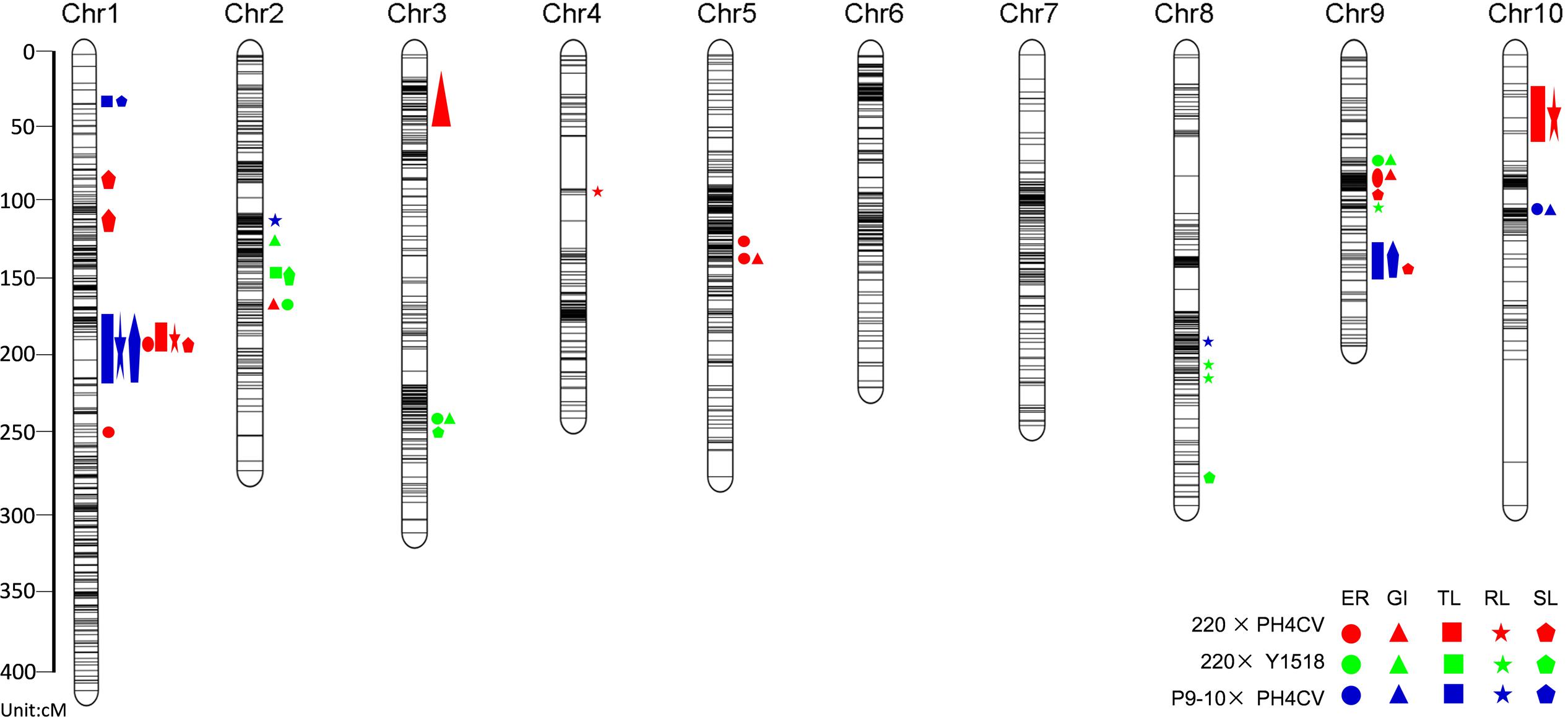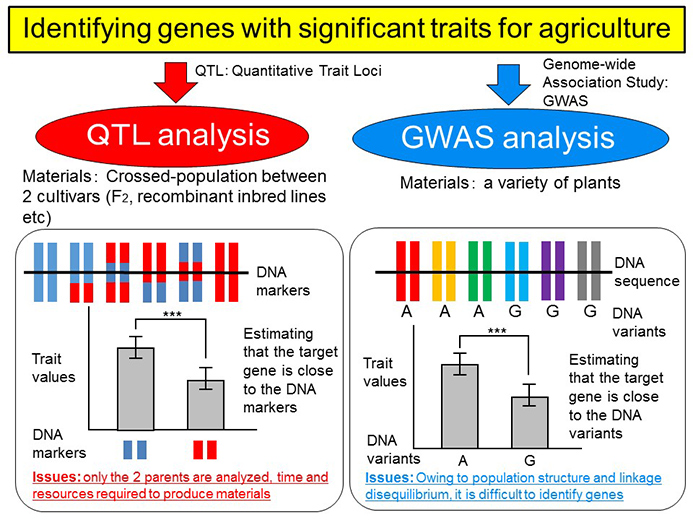Do you desperately look for 'qtl mapping thesis'? You will find all the information on this section.
Table of contents
- Qtl mapping thesis in 2021
- Qtl mapping thesis 02
- Qtl mapping thesis 03
- Qtl mapping thesis 04
- Qtl mapping thesis 05
- Qtl mapping thesis 06
- Qtl mapping thesis 07
- Qtl mapping thesis 08
Qtl mapping thesis in 2021
 This image illustrates qtl mapping thesis.
This image illustrates qtl mapping thesis.
Qtl mapping thesis 02
 This image representes Qtl mapping thesis 02.
This image representes Qtl mapping thesis 02.
Qtl mapping thesis 03
 This image demonstrates Qtl mapping thesis 03.
This image demonstrates Qtl mapping thesis 03.
Qtl mapping thesis 04
 This image shows Qtl mapping thesis 04.
This image shows Qtl mapping thesis 04.
Qtl mapping thesis 05
 This image illustrates Qtl mapping thesis 05.
This image illustrates Qtl mapping thesis 05.
Qtl mapping thesis 06
 This picture representes Qtl mapping thesis 06.
This picture representes Qtl mapping thesis 06.
Qtl mapping thesis 07
 This picture illustrates Qtl mapping thesis 07.
This picture illustrates Qtl mapping thesis 07.
Qtl mapping thesis 08
 This picture demonstrates Qtl mapping thesis 08.
This picture demonstrates Qtl mapping thesis 08.
How are parental lines used to find QTL?
Traditional experimental designs for locating QTL start with two parental lines differing both in trait values and in the marker variants they carry. Suppose two pure-breeding lines, p1 and p2, have marker genotypes MN / MN and mn / mn for two markers. Crossing these lines produces f1 offspring that is doubly heterozygous.
How is quantitative trait locus ( QTL ) mapping used?
Quantitative trait locus (QTL) mapping is a genome-wide inference of the relationship between genotype at various genomic locations and phenotype for a set of quantitative traits in terms of the number, genomic positions, effects, and interaction of QTL.
How many QTLs have been mapped in mice?
It is noteworthy that while QTLs have been mapped for hundreds of multifactorial traits in mice, only recently have some of these QTLs been resolved at the level of single genes.
Why is the mapping of QTLs so important?
This localization is important for the ultimate identification of responsible genes and also for our understanding of genetic mechanisms of the variation. Mapping QTL can also help us to understand how many QTL significantly contribute to the trait variation in a population.
Last Update: Oct 2021